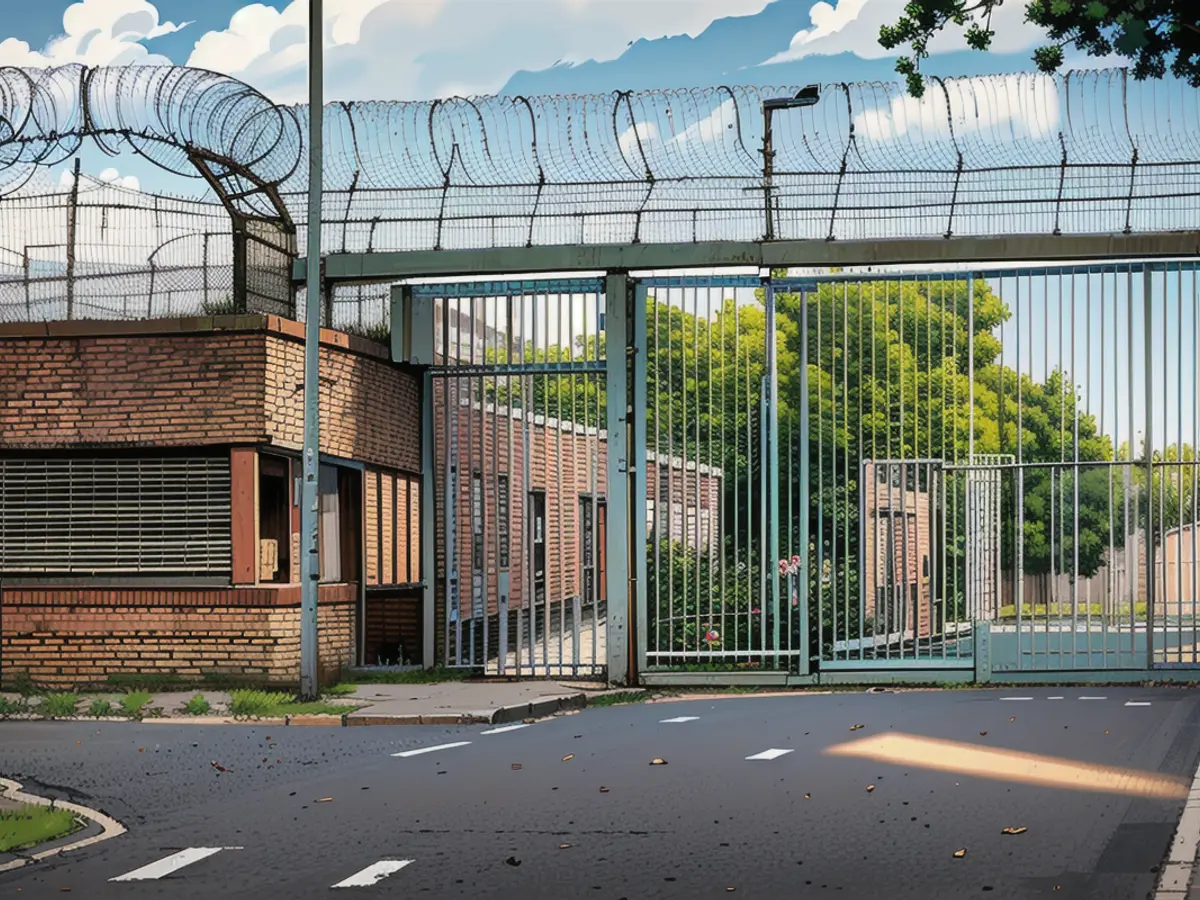Storm - Flood situation remains tense in many places
The situation in the flood areas in Germany remains critical. Parts of Lower Saxony and southern Saxony-Anhalt on the border with Thuringia are among those affected. However, in Lower Saxony, the second largest federal state in terms of area, there were signs of a slight easing in some places.
The district of Celle and the town of Meppen, for example, reported slightly falling water levels. However, the district of Celle said that the highest reporting level at the gauges had still been exceeded, meaning that there was still a threat of major flooding.
Preparations are being made for a possible evacuation in the city of Oldenburg. The dykes are still under high pressure, the city announced on Saturday. Water levels would only drop marginally at most. So far, however, the dykes are dry and stable. The federal police are assisting in securing the dykes. On Friday, a Super Puma helicopter brought particularly large sandbags to the dykes in Hatten to secure them, the federal police announced on Saturday. The helicopter was also deployed on Saturday.
In contrast, the critical flood situation at the Serengeti Park in Hodenhagen, Lower Saxony, has eased slightly. Pumps on the site had managed to push large quantities of water behind the dyke towards the Meisse, said a spokeswoman for the leisure park north of Hanover. The water in the antelope and giraffe animal house had also sunk noticeably and flowed out of the building again. However, according to the park, large parts of the grounds are still flooded and in some cases inaccessible. The park is home to lions, rhinos, tigers and elephants, among others.
People try to return to evacuated homes
In the municipality of Winsen/Aller, evacuated residents have returned to their homes several times, according to the district of Celle. The fire department had brought the people back. Evacuations are also continuing in the municipality of Lilienthal near Bremen. Around 500 people are registered in the affected areas, said a municipal spokeswoman. It is not yet clear when they will be able to return to their homes.
The flood brought new highs at several water gauges. On the Weser, for example, the water level at Drakenburg on Saturday morning exceeded the previous record from 1981 by one centimeter at 835 centimeters, according to the supra-regional flood service on Saturday.
Numerous water levels are still above the highest reporting level, according to a situation report from the State Agency for Water Management, Coastal Defence and Nature Conservation (NLWKN) on Saturday morning. The rain that fell in the Harz Mountains on Friday caused the water levels in the upper reaches of the Leine and Oker rivers and their tributaries to rise again. However, several water levels had already peaked and were falling again.
According to the NLWKN, the water levels in the middle and lower reaches of the Aller, Leine and Oker will remain at their current levels for the time being. The situation is also still very tense in other river basins such as the Hunte and Wümme. However, it can be assumed that the water levels there will fall slightly or remain at the same level.
Rising water levels in Saxony-Anhalt, falling in Saxony
The district of Mansfeld-Südharz in Saxony-Anhalt declared a state of disaster. The decision was justified by the long duration of the defensive measures against the flood situation, said district administrator André Schröder. The Kelbra dam on the state border with Thuringia has been drained in a controlled manner for several days because it was threatening to overflow. As a result, the water level of the Helme has risen sharply. On Thursday evening, the authorities opened a dyke on the river so that the water can run off into open fields in the direction of Thuringia. The mayor of the municipality of Südharz, Peter Kohl, described the situation as critical. According to the district, there are currently no plans to evacuate people or call in the German Armed Forces.
In other regions of Saxony-Anhalt, the water levels in some rivers also rose again due to rainfall. According to the State Office for Flood Protection (LHW), the showery rainfall was heavier than initially forecast. As the ground was already saturated, this had led to rising water levels in some areas.
In a village in the Kyffhäuserkreis district of Thuringia, helpers were horrified to discover on Saturday that unknown persons had stolen 40 meters of sandbags from the protective walls erected along the Helme. According to the district office, 20 meters of the protective wall near Mönchpfiffel-Nikolausrieth had been completely removed. No details of the perpetrators were initially available. The district office intends to press charges.
Meanwhile, the flood waters of the Elbe in Saxony continue to recede. A water level of 5.30 meters was measured at the Dresden gauge on Saturday morning. A day earlier it had been 5.92 meters. The normal level is around 2 meters. In the state capital, as well as in Schöna on the Czech border and downstream in Riesa, the alert level was still 2. Hydrologists expect water levels to continue to fall. There were no more flood warnings for the other river basins in Saxony.
Falling water levels in NRW
In the flood regions of North Rhine-Westphalia, people can breathe a sigh of relief. "Overall, the trend in water levels is declining," said a spokesperson for the NRW Ministry of the Environment at the request of the German Press Agency on Saturday.
The Federal Agency for Technical Relief (THW) was preparing to work in the flood areas into the first week of January. "It's quite clear that this will continue over the turn of the year," THW President Sabine Lackner told the German Press Agency on Friday. "What worries us most is the condition of the dykes." They are massively softened. Around 1,000 emergency personnel are on the move in the affected areas every day.
Numerous districts once again appealed not to enter the dykes, as they were softened and could be damaged.
Read also:
- Floods: water levels remain critical in many places
- Snow chaos further restricts Bavaria
- Extreme weather year: of masses of water and hurricanes
- "Zoltan" sweeps across the country - disruptions to rail traffic
Source: www.stern.de







